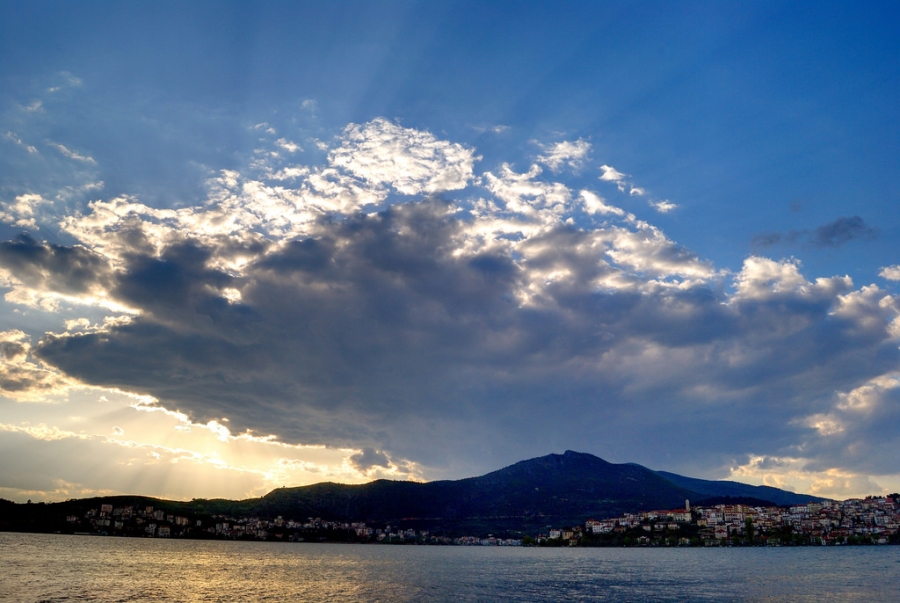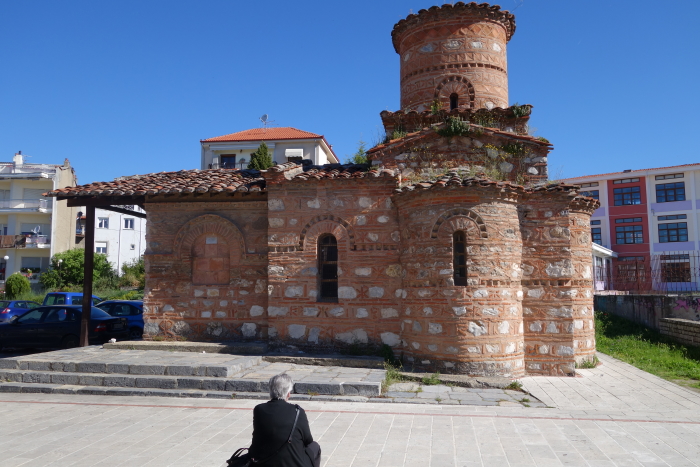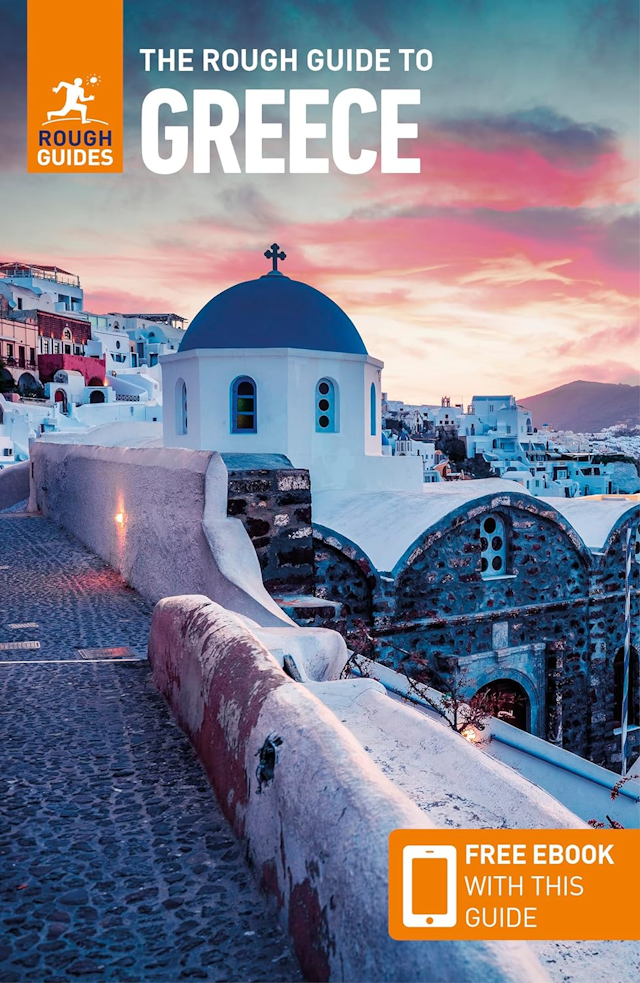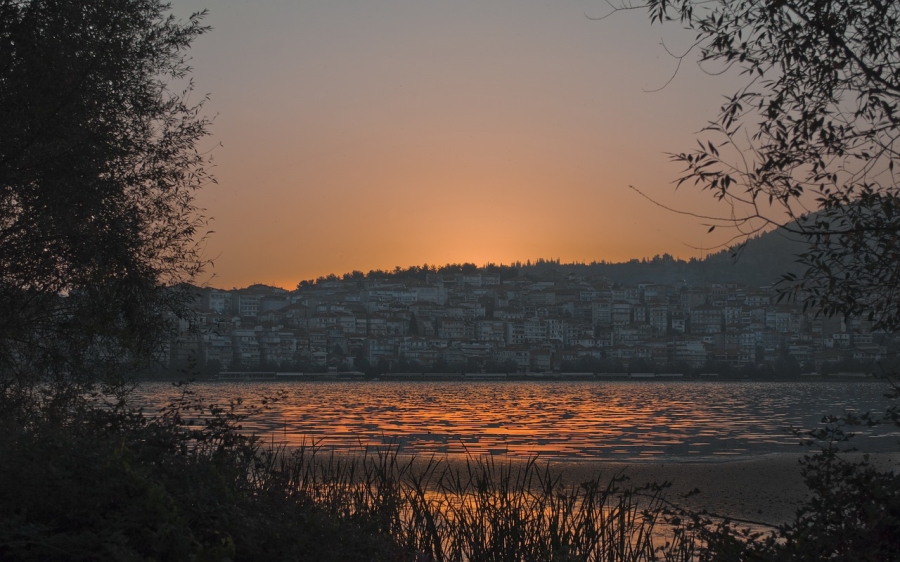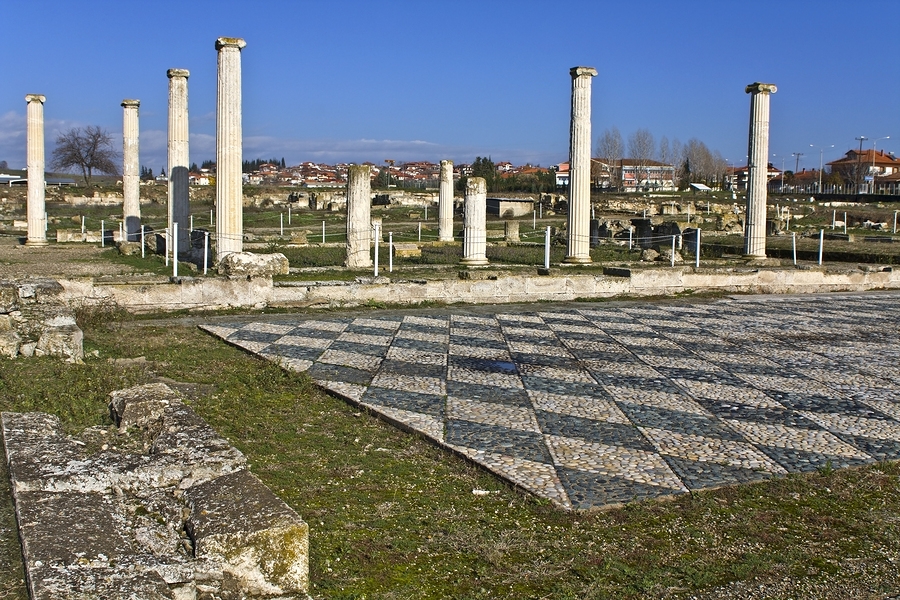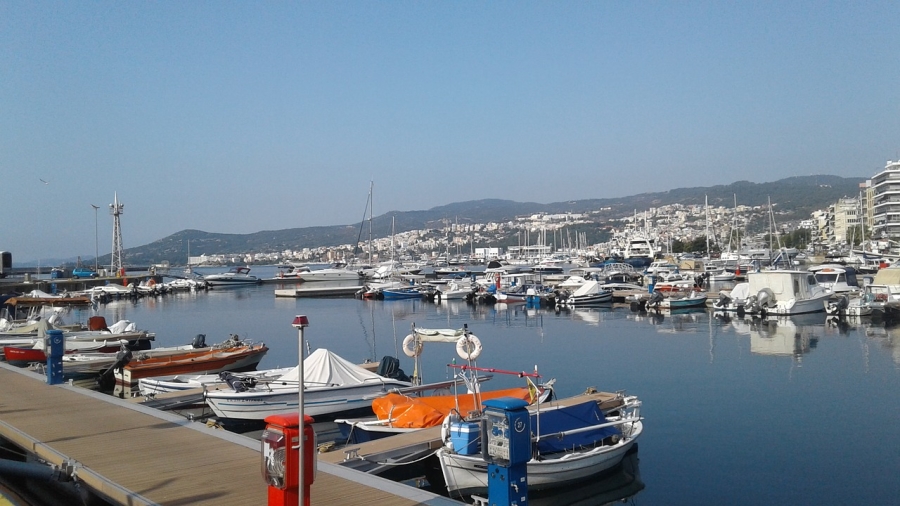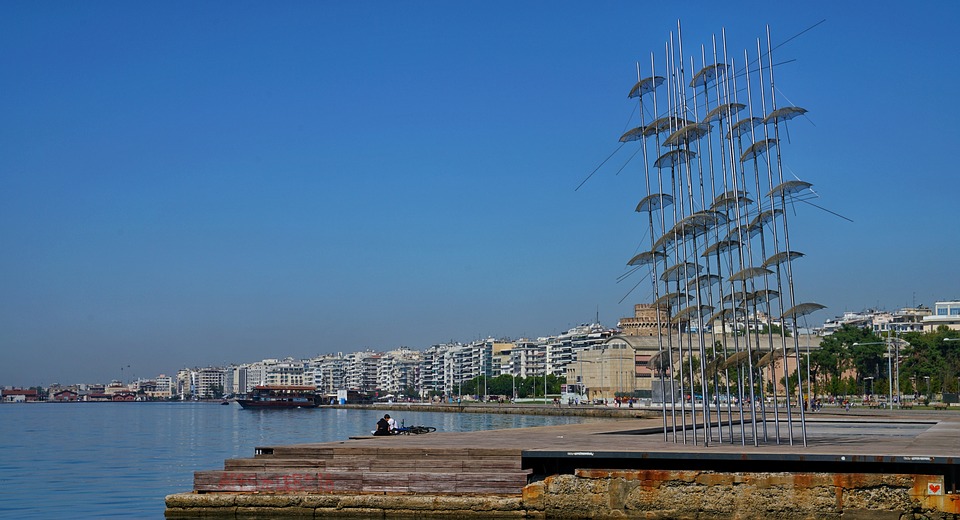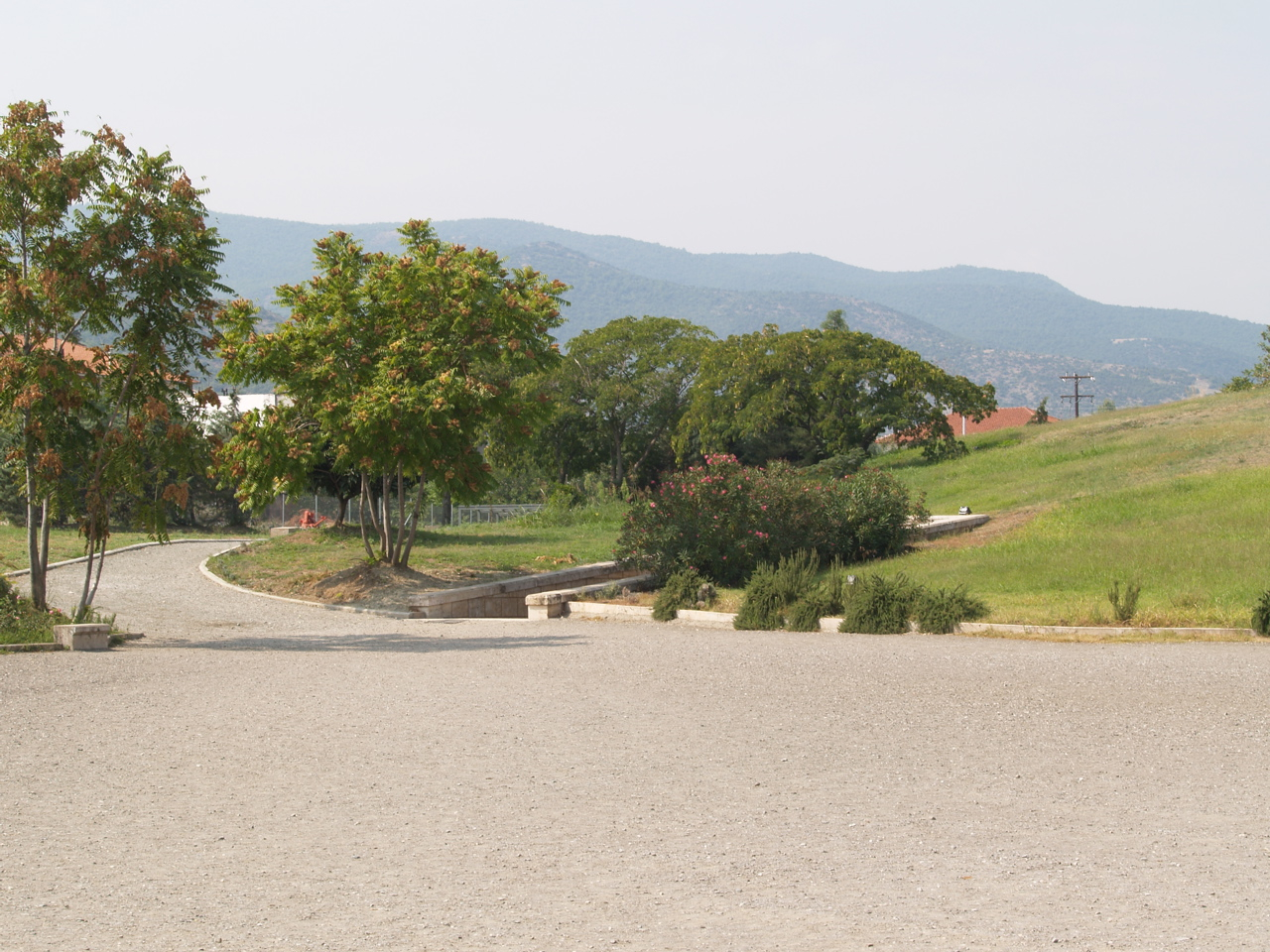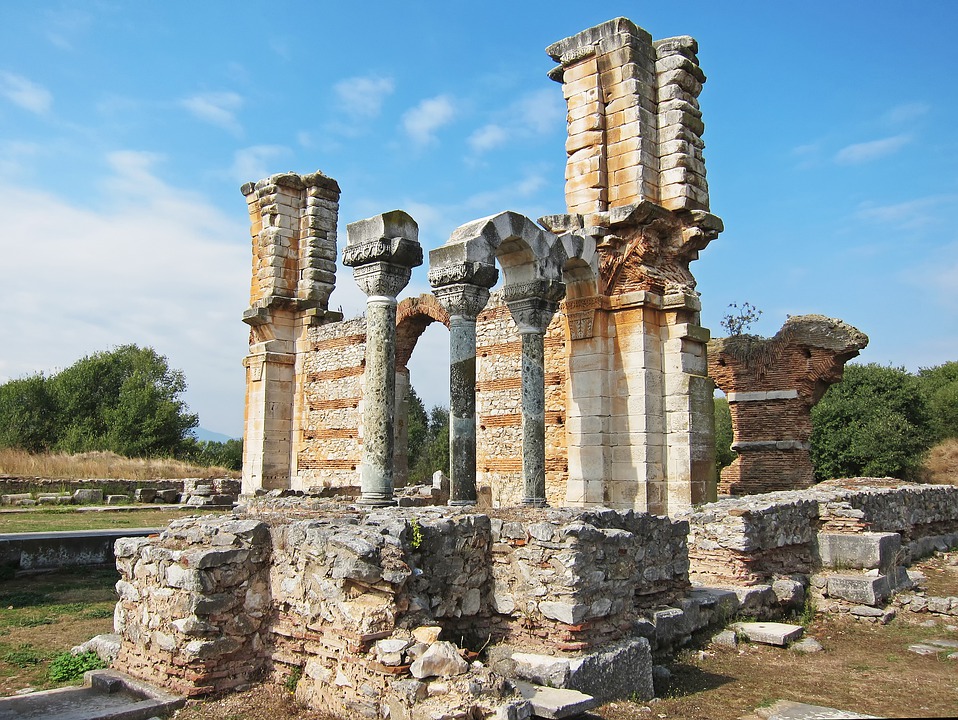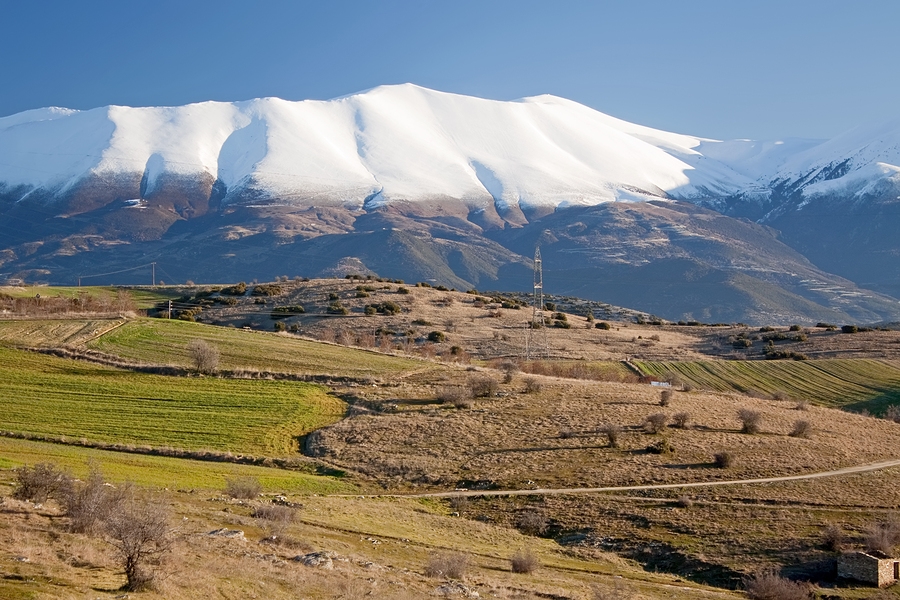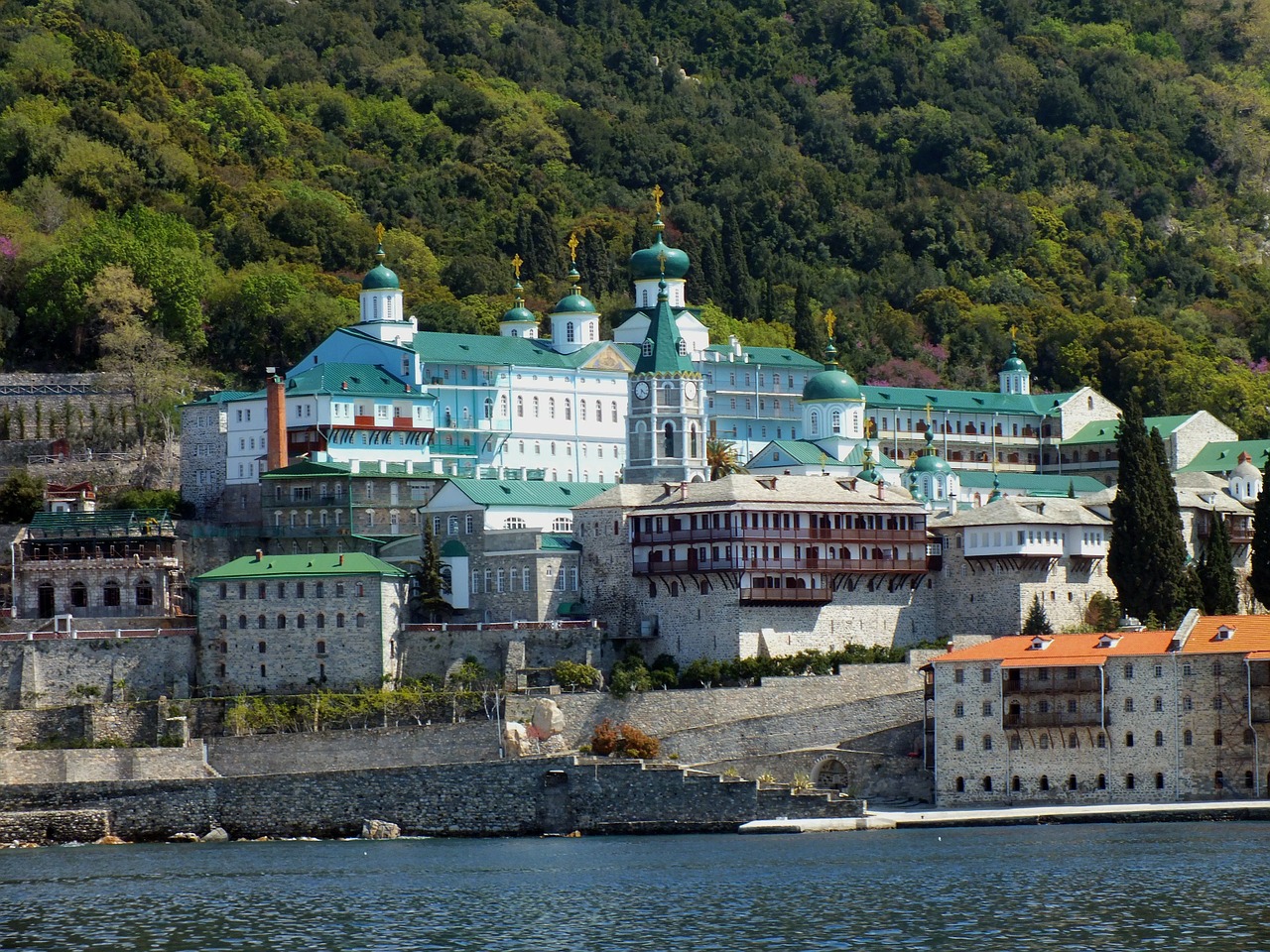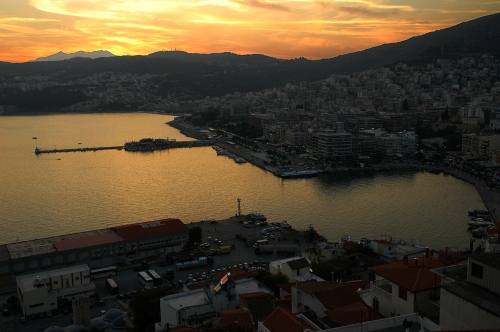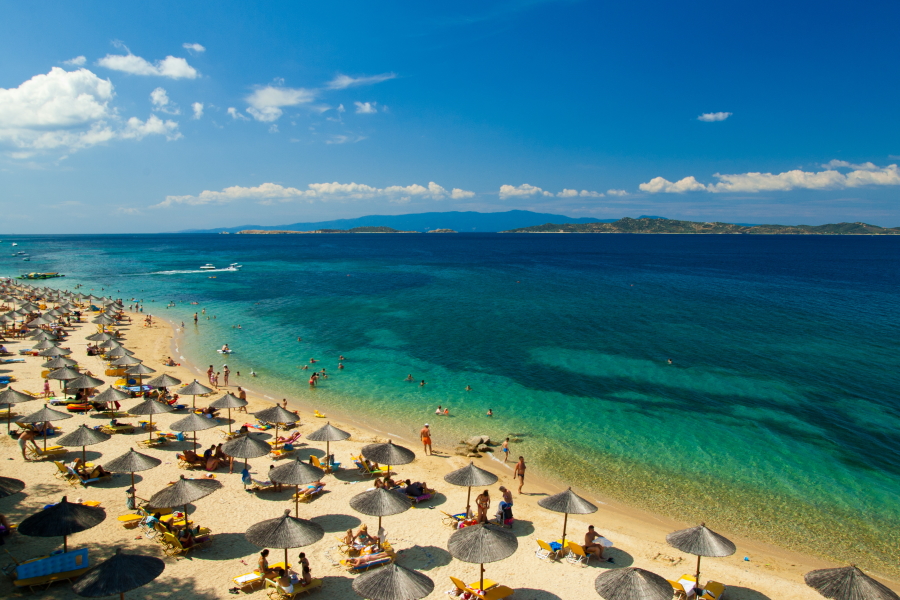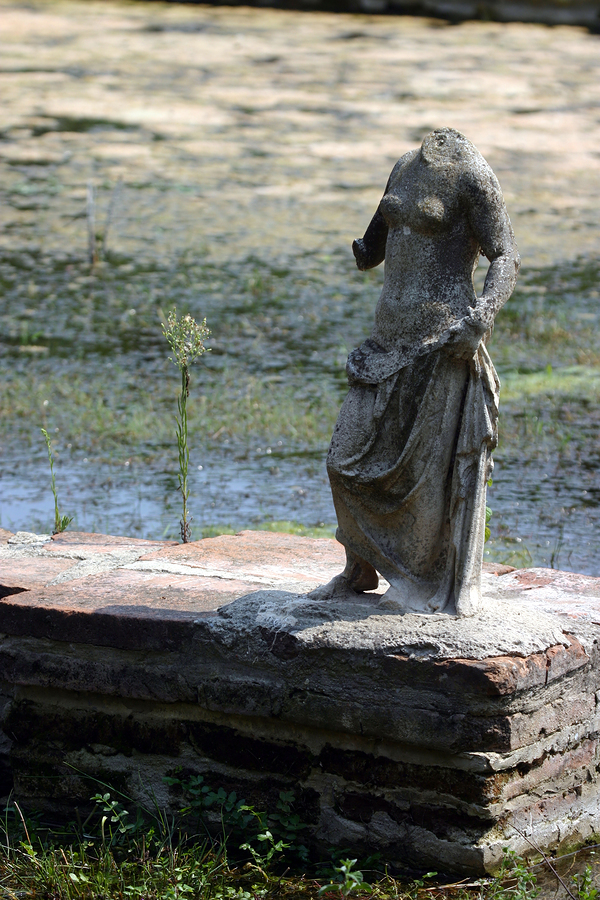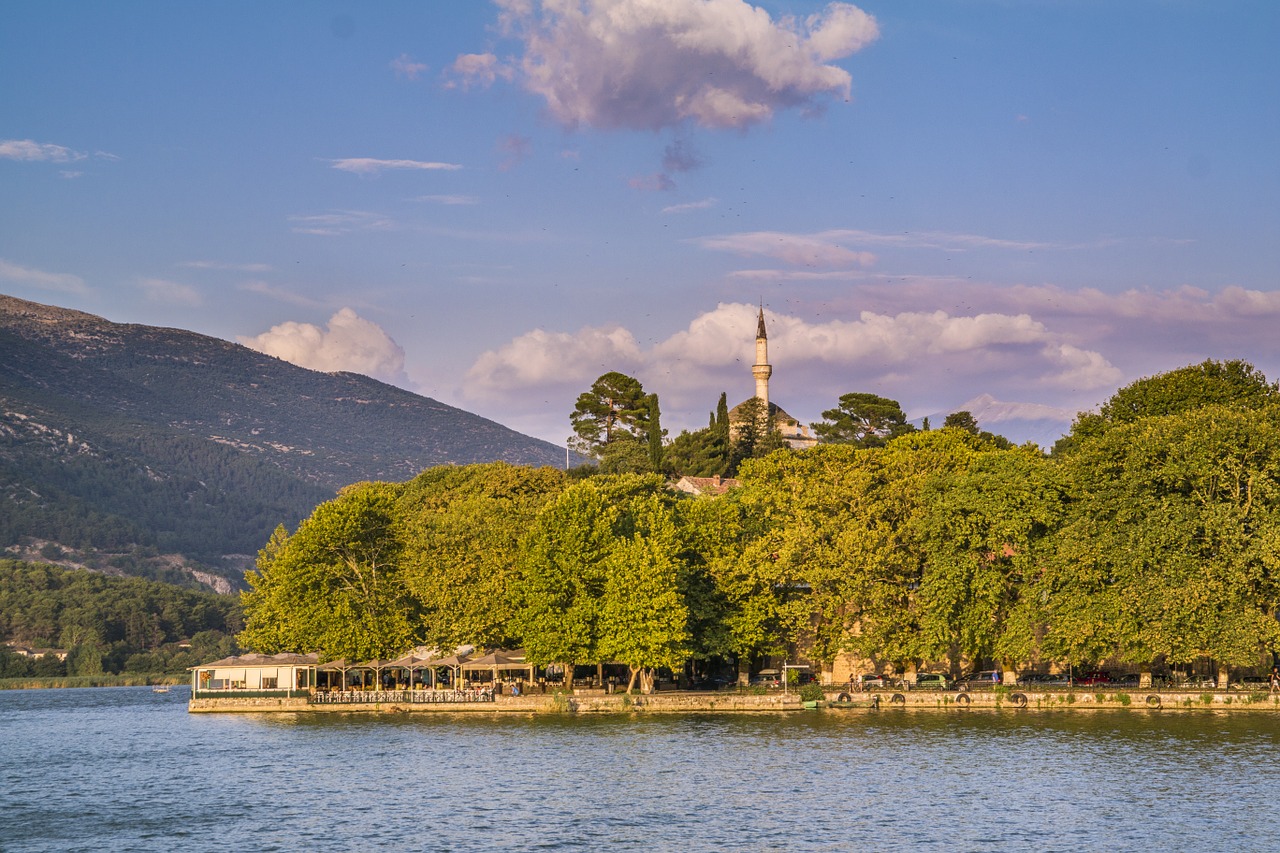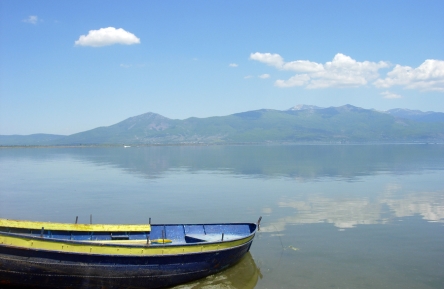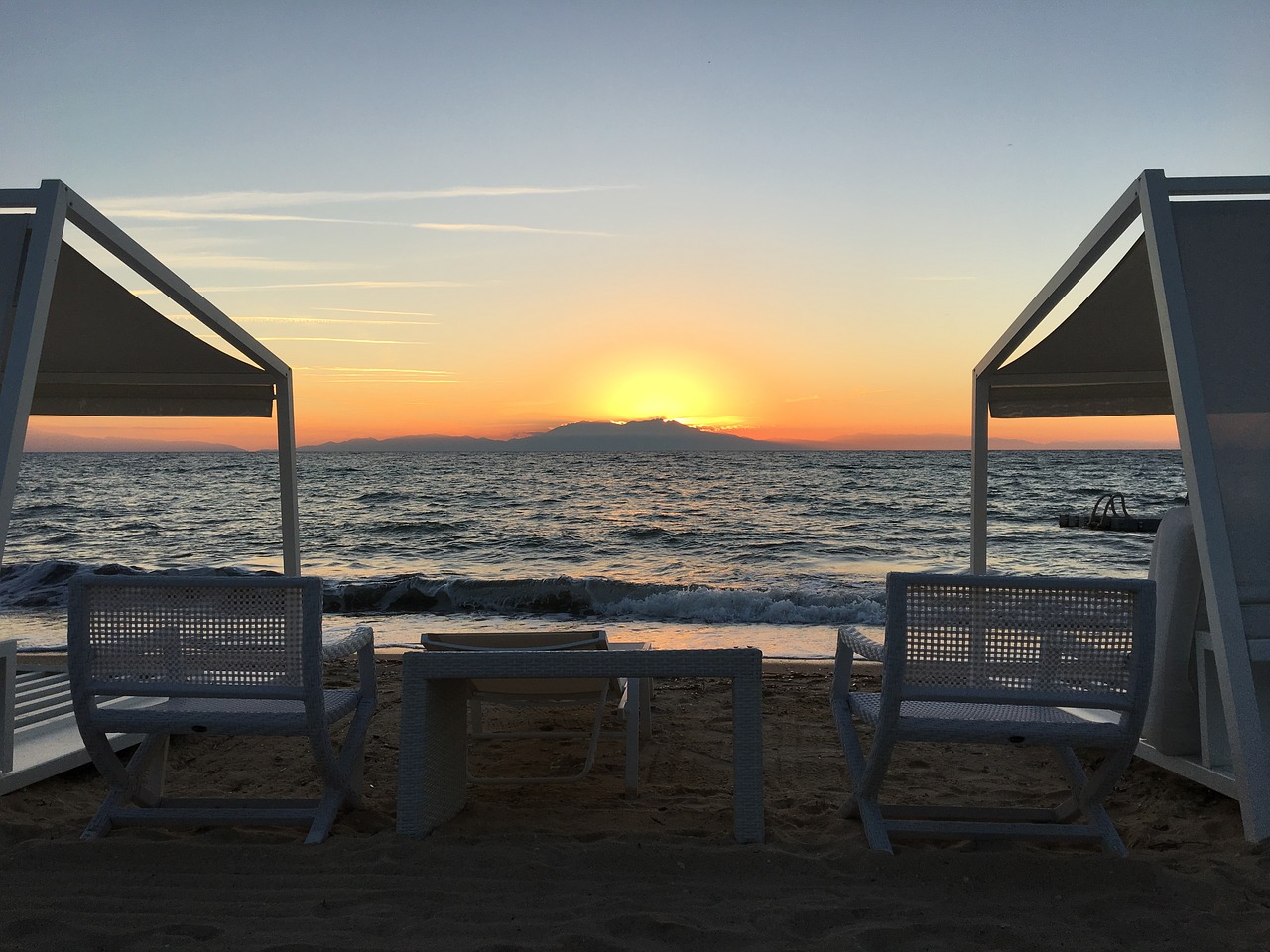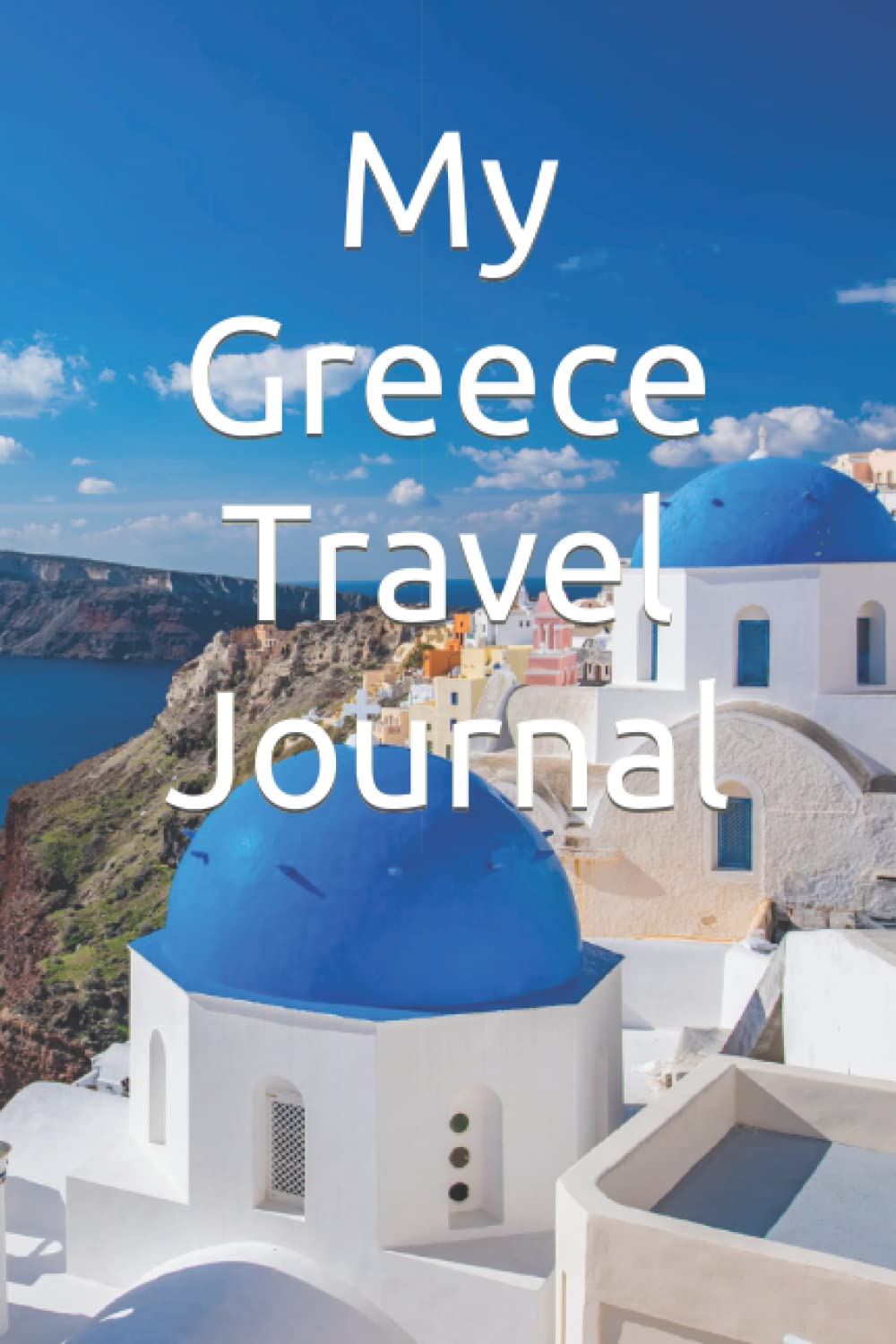- HOME
- Macedonia & Thrace
- Kastoria
Kastoria
Kastoria is a lakeside town in West Macedonia which prospered with the fur trade and today has some handsome mansions, museums and many Byzantine churches.
Visitors to the Greek islands and the mainland holiday resorts may feel they are seeing the most beautiful parts of the country, but the more adventurous travellers who find themselves in towns such as Kastoria may disagree.
It has a magnificent location around a headland that juts into Lake Kastoria, though in typical Greek fashion this also has an alternative name: Lake Orestiada. There are cobbled streets and hidden alleyways, and the geography of the town, with water surrounding it and almost turning it into an island, means that it is very easy to get lost or disorientated.
Byzantine Churches
Getting lost is no bad thing as some of the town’s best features are hidden away, like its numerous Byzantine churches. There are 54 of these, some of them over 1000 years old, such as the 9th century church of Taxiarkhes tís Mitropoleos, which is the oldest in the town. It has some good frescoes, added over the centuries, while in the 10th century church of Agios Stefanos there is an unusual women’s gallery.
Most of the churches are normally locked and to see inside them you will either have to be lucky and be there when there is a service or they are being cleaned, or track down the keys normally held at the Byzantine Museum.
Kastoria's Museums
The Byzantine or Archaeological Museum
The Byzantine Museum is only small but is worth seeing as it has some beautifully detailed and coloured examples of icons from Kastoria’s churches. The museum is situated at the top of the town just off the main Platia Dexamenis, but if asking the way bear in mind that many local people refer to it as the Archaeological Museum.
The Folklore Museum
The town also has a Folklore Museum that merits a longer visit, not least for the building that houses it, the Aïvazi Mansion. This is a 17th-century mansion which was lived in until 1972 when it was converted into this fine museum containing household items, costumes, agricultural implements and a restored kitchen and wine cellar. There are also good displays on the fur trade to which Kastoria owed its former wealth.
Other Museums
Kastoria also has a couple of smaller, specialist museums, worth seeking out if you have a little more time. There is a Costume Museum and a Monuments Museum.
Kastoria Fur Trade
The very name of the town comes from the Greek word for beavers, kastoria, and it was their fine fur which made Kastoria the centre of the Greek fur trade from the 17th century onwards. Even though these had sadly been hunted to extinction by the 19th century, the furriers continued to import fur, and still do so today. Scraps and offcuts come in from various countries and are turned into coats, gloves, hats and other items which you will see for sale in some of the shops, although a lot of the material is immediately re-exported.
Handsome Mansions
The wealth that was created over the centuries resulted in some very handsome mansions being built, and in addition to seeing inside the one that is now the Folklore Museum, there are other impressive examples around the town, which can be viewed from outside.
Several of these are located in the streets within the vicinity of the Folklore Museum. Look for the Skoutari, Natzi, Basara and Immanouil mansions. They are typically built of stone on the ground floor but with more elaborate upper floors with wooden balconies, sgraffito plasterwork and occasionally stained glass in the windows. The living quarters are on these upper floors, the ground floor being used for storage, as you will see in the Folklore Museum.
Lakeside Walk
If you take a stroll along the lakeshore, which is a very pleasant walk especially in the spring or autumn when the many trees are at their best, you will see the unusually-shaped local boats tied up at the water’s edge. The lake’s waters are rather polluted, but nevertheless still harbour some wildlife, such as frogs and terrapins.
A walk all the way round the headland would take you past another of the town’s attractions, the Monastery of Mavriotíssa. It is no longer a working monastery, only two churches remaining, but these date back to the 11th and the 14th centuries and have well-preserved frescoes that are worth seeking out.
Driving to Kastoria
For a beautiful drive to Kastoria see our Scenic Drives in Northern Greece page.
Latest Posts
-
Explore Vikos Gorge: Hiking, Rafting, and Food in Zagori
One of the most impressive canyons in Europe and one of Greece’s favorite mountain destinations, Vikos Gorge invites hikers and food lovers alike. -
Lefkada: The First Ancient Theater of the Ionian Islands Comes to Light
The first ancient theater ever discovered in the Ionian Islands is located in the heart of the ancient city of Lefkada, established before the end of the 7th century BC. -
5 Epic Island Hikes in Greece for Spring Explorers
This spring, five majestic peaks across Greece’s islands invite us to lace up our boots and discover a wilder side of island life. -
Greek Ferry Services to Halt on May 1 Due to Labor Strike
Ferries in Greece will remain docked for 24 hours on Thursday, May 1, as the Pan-Hellenic Seamen’s Federation (PNO) joins Labor Day mobilizations announced by the General Confederation of Greek Labor… -
Sifnos: Greece’s Hidden Culinary Star on the Rise
Sifnos, a Cycladic island, is gaining fame for its rich culinary heritage, especially the beloved melopita honey-cheese tart. -
Easter in the Mystical Castle of Monemvasia
In the castle town of Monemvasia, with its dramatic medieval backdrop and sea views, Easter is a deeply spiritual and atmospheric experience. -
Easter in Leonidio: A Tapestry of Light, Culture and Cliffs
In Leonidio, Easter comes alive with handmade hot air balloons in the sky and lanterns made from bitter oranges in the streets. -
The Lesser-Known Traditions of Greek Easter
Step off the beaten path this spring and discover the enchanting — and often surprising — Easter traditions found across Greece. -
April 9 Strike in Greece to Impact Public Transport, Ferries and Air Travel
Transportation and travel across Greece will face disruptions on Wednesday, April 9, as public transport, ferry and aviation workers join a nationwide strike called by Greek labor unions. -
Ancient Theater of Lefkada Brought Fully to Light Following Systematic Excavation
The Greek Culture Ministry has announced that the first ancient theater ever identified in the Ionian Islands has recently been brought fully to light on Lefkada, revealing an impressive monument that…
